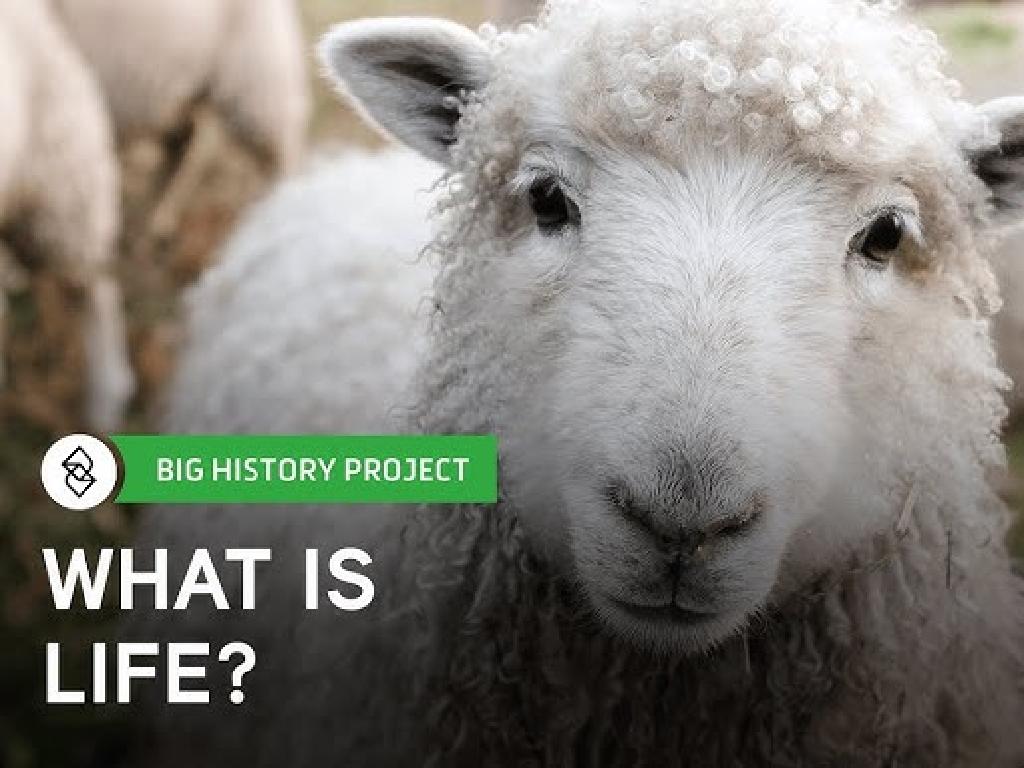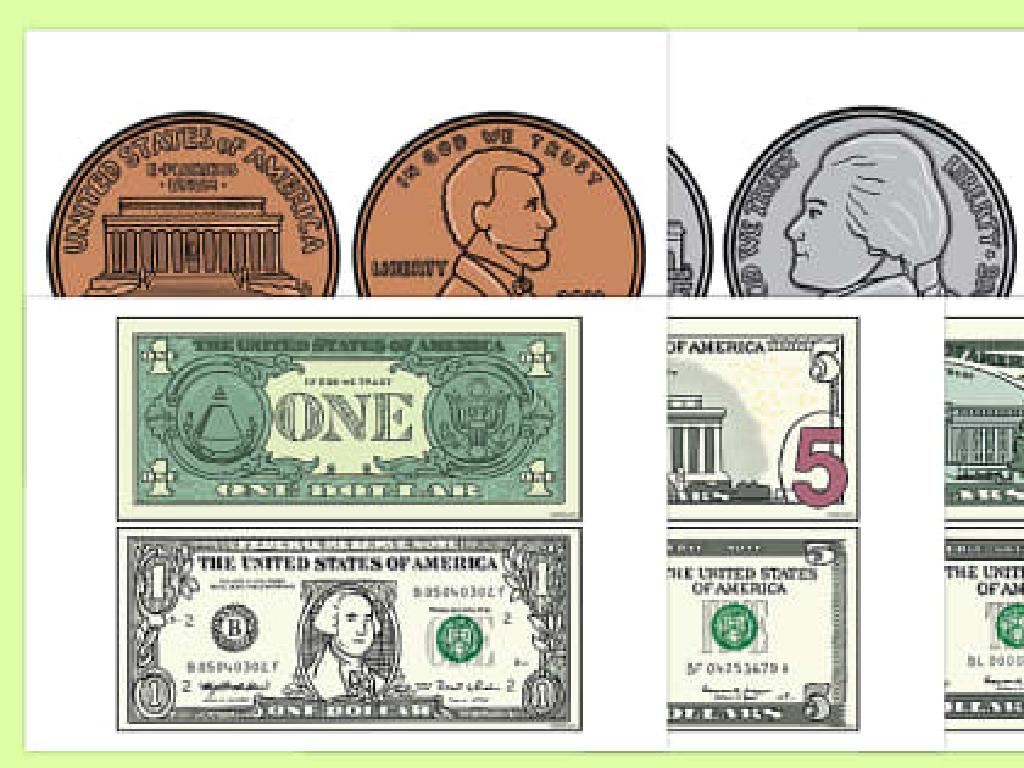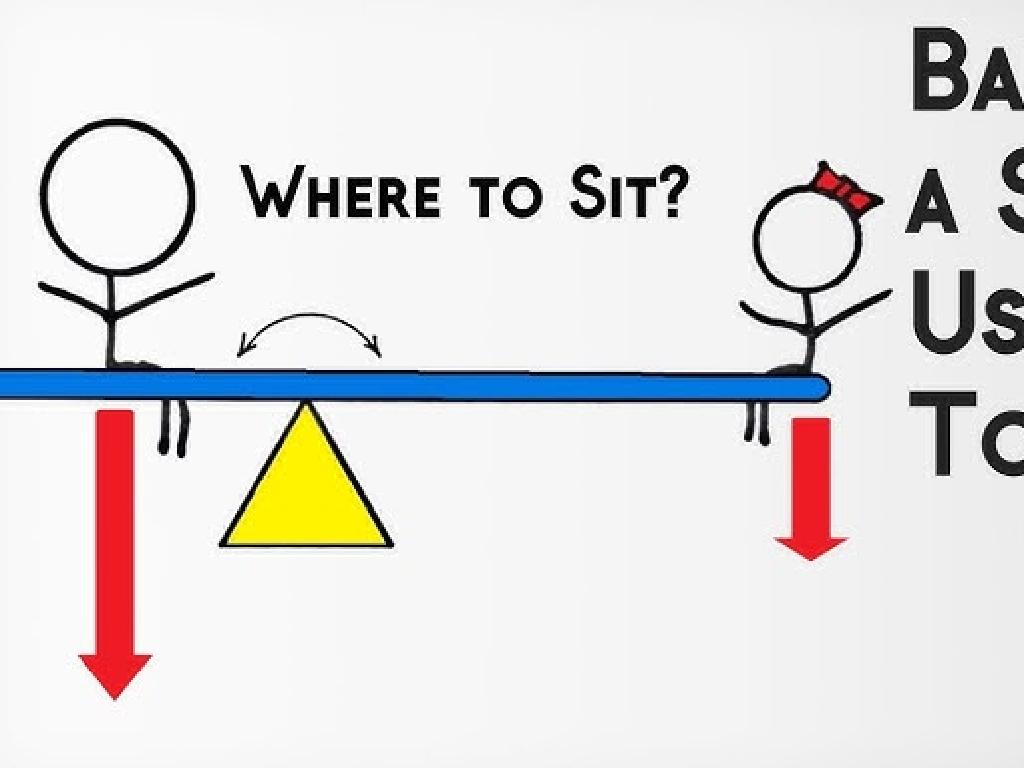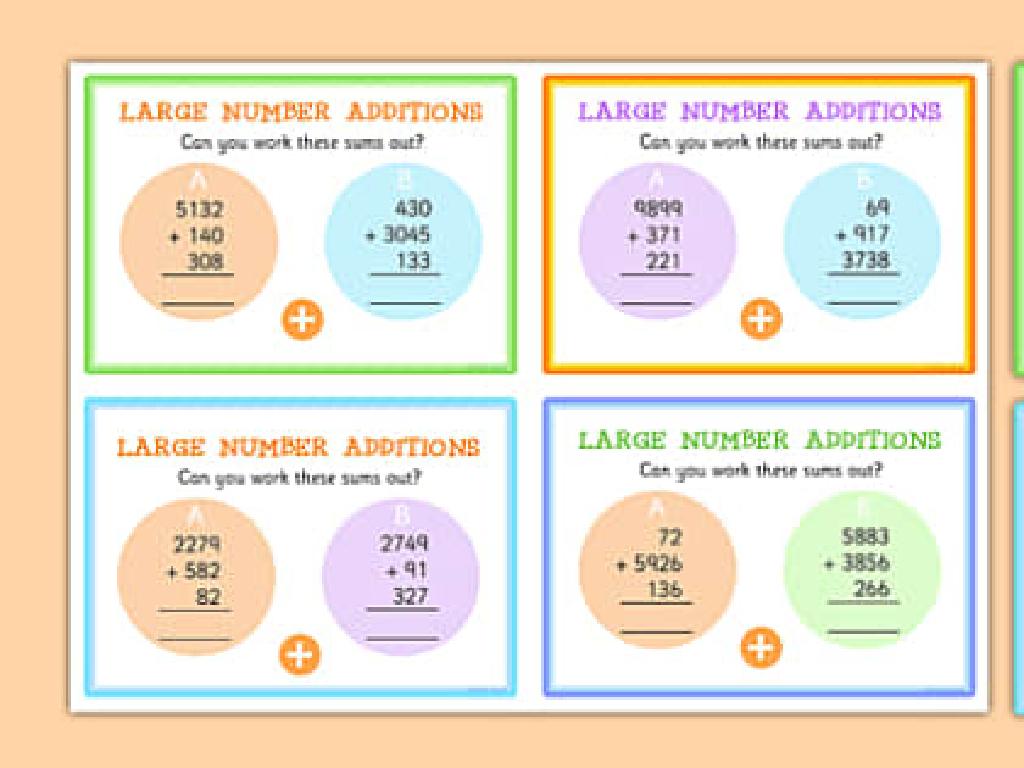Scale Drawings: Word Problems
Subject: Math
Grade: Sixth grade
Topic: Ratios And Rates
Please LOG IN to download the presentation. Access is available to registered users only.
View More Content
Exploring Scale Drawings
– What are scale drawings?
– A representation of an object with dimensions proportional to reality.
– Scale drawings in daily life
– Architects use them for buildings, and maps are scaled down versions of geography.
– Scale to ratio connection
– The scale is the ratio of the drawing’s dimensions to the actual dimensions.
– Practice with real-world problems
|
This slide introduces students to the concept of scale drawings, which are used to represent objects too large or too small to be drawn at actual size. Emphasize that scale drawings maintain the proportions of the original object, which is crucial for accuracy. Discuss how scale drawings are used in various professions and in everyday life, such as in architecture and cartography. Explain that understanding the scale factor as a ratio is key to interpreting and creating scale drawings. Provide examples of how to calculate real-world dimensions from scale drawings and vice versa. Encourage students to think of other examples where scale drawings might be used and to bring in any they find at home.
Understanding Scale Drawings
– Define a scale drawing
– A representation of an object with proportional dimensions.
– Examples: maps, blueprints, models
– Maps show geography, blueprints show buildings, models represent objects at a smaller scale.
– Scale: drawing vs. real object relationship
– If a map’s scale is 1:100, 1 cm on the map represents 100 cm in reality.
– Practice with word problems
|
This slide introduces students to the concept of scale drawings, which are essential in various fields such as architecture, engineering, and geography. Begin by defining what a scale drawing is and emphasize the importance of maintaining proportional dimensions. Provide relatable examples like maps, blueprints, and models to illustrate how scale drawings function in the real world. Explain how the scale helps us understand the relationship between the size of the drawing and the actual object it represents. Conclude by setting up word problems that involve interpreting and creating scale drawings, which will be a practical application of the concept for the students.
Understanding Scale in Word Problems
– Reading different scales
– For example, 1 inch on a drawing could represent 1 foot in real life.
– Converting scales to ratios
– Turn a scale like ‘1 inch = 1 foot’ into a ratio, such as 1:12.
– Meaning of a 1:100 scale
– A 1:100 scale means 1 unit on the drawing is equal to 100 units in reality.
– Practice with scale ratios
|
This slide introduces students to the concept of scale as it applies to creating and reading scale drawings. Start by explaining how to interpret scales, such as 1 inch representing 1 foot, and then show how these scales can be converted into ratios for easier calculations. Emphasize that understanding scale is crucial for solving word problems involving scale drawings. Provide an example of a 1:100 scale and explain that it means every 1 unit on the drawing represents 100 units in real life. Encourage students to practice by converting different scales into ratios and applying these ratios to solve problems.
Creating Your Own Scale Drawing
– Selecting an appropriate scale
– Scale choice affects drawing size and detail
– Gathering necessary tools
– A ruler, pencil, and paper are essential
– Step-by-step classroom drawing
– Begin with room outline, add objects based on scale
– Understanding scale application
|
This slide is aimed at guiding students through the process of creating a scale drawing, which is a representation of an object or space that is proportionally smaller or larger than the actual object or space. Start by explaining how to choose a scale that is appropriate for the size of the paper and the level of detail desired. Emphasize the importance of using the right tools for precision. Walk students through the steps of creating a scale drawing of a classroom, starting with the outline of the room and then adding objects like desks and chairs according to the chosen scale. Discuss how understanding scale is important in various real-world applications, such as map reading, architecture, and engineering. Provide examples of different scales and their uses. For the activity, students can measure their own classroom and create a scale drawing, or they can practice with a pre-measured diagram provided by the teacher.
Scale Drawing Word Problems
– Read the problem carefully
– Understand what the question is asking.
– Find the scale and real measurements
– Scale is the ratio of drawing to actual size.
– Solve the problem systematically
– Use the scale to calculate real-world distances.
– Check your solution for accuracy
– Verify your answers with the scale.
|
This slide is aimed at guiding students through the process of solving word problems involving scale drawings. Start by reading the problem thoroughly to understand what is being asked. Next, identify the scale used in the drawing and the actual measurements that are given or need to be found. Teach students to solve the problem in a step-by-step manner, using the scale as a conversion factor between the drawing and real-life measurements. Finally, emphasize the importance of checking their work to ensure the solution makes sense in the context of the problem. Encourage students to practice with different types of scale drawing problems to become proficient in this skill.
Let’s Practice Together: Garden Blueprint
– Class example with a garden blueprint
– Work through the problem together
– We’ll use a blueprint to understand scale drawings in a real-world scenario.
– Discuss various solution methods
– Are there different ways to approach this problem? Let’s explore.
– Apply scale drawing concepts
– How can we use ratios to find actual distances in the garden?
|
This slide is designed for an interactive class activity focused on understanding scale drawings through a practical example of a garden blueprint. Start by presenting a scaled-down drawing of a garden and a related word problem. Work through the problem step by step with the class, encouraging participation to ensure understanding. Discuss different methods that can be used to find the solution, such as using a ruler to measure distances on the blueprint and applying the scale factor to find the actual distances. Emphasize the importance of understanding scale drawings as they relate to real-world applications like architecture and landscaping. Possible activities: 1) Have students measure and calculate dimensions individually, 2) Pair students to discuss their approach before sharing with the class, 3) Create a group challenge to find the most efficient method, 4) Use manipulatives to represent the garden elements at scale.
Group Activity: Scale Drawing Word Problems
– Break into small groups
– Receive a unique scale problem
– Solve the scale drawing problem
– Use the scale factor to find real-world distances
– Prepare a presentation
– Explain your problem-solving process
|
This slide introduces a collaborative group activity focused on scale drawing word problems. Students will be divided into small groups, with each group receiving a different word problem involving scale drawings. They will need to apply their knowledge of scale factors to solve the problem, which will involve calculating real-world distances based on the given scale. After solving the problem, each group will prepare a short presentation to explain their problem-solving process and findings to the class. This activity encourages teamwork, problem-solving, and presentation skills. As a teacher, facilitate the group formation and ensure each group understands their problem. Circulate to offer guidance as needed. Prepare to provide feedback on their presentations, emphasizing clear communication and correct mathematical procedures.
Class Activity: Crafting Scale Drawings
– Select an object for your drawing
– Determine a suitable scale
– Scale could be 1 cm = 1 m, for example
– Draw the object using the chosen scale
– Ensure the drawing’s dimensions are proportional
– Present your scale drawing to the class
|
This activity is designed to reinforce the concept of scale drawings. Students will choose an everyday object and decide on an appropriate scale to represent it on paper. They should use rulers and be precise in their measurements to maintain proportionality. After completing their drawings, students will share their work with the class, explaining the scale they chose and how they applied it. For the teacher: Prepare to assist students in understanding scale and proportion. Have examples of scales and objects ready, and ensure each student has access to a ruler and other necessary drawing materials. Possible variations of the activity could include drawing a classroom layout, a favorite playground, or a fictional map, each using different scales.
Scale Drawings: Review & Questions
– Recap of scale drawing concepts
– Why scale drawings are important
– Scale drawings help in creating accurate representations of objects.
– Open floor for student questions
– Discuss activity challenges
– Share any difficulties faced in the scale drawing activity.
|
This slide aims to consolidate the students’ understanding of scale drawings and emphasize their practical applications. Begin by summarizing the key points of scale drawings, such as the concept of using a scale to represent larger objects on smaller paper accurately. Highlight the importance of scale drawings in various fields like architecture, engineering, and art. Encourage students to ask questions they may have about the topic, fostering an interactive learning environment. Lastly, discuss any challenges they encountered during the activity to clarify misunderstandings and reinforce learning. This discussion can also provide insights into common areas where students struggle, allowing for targeted review in future lessons.
Homework: Exploring Scale Drawings
– Find a real-life scale drawing
– Note the scale used
– Could be 1 inch = 1 mile or 1 cm = 1 meter
– Calculate actual measurements
– Use the scale to find real distances or sizes
– Get ready to discuss in class
|
This homework assignment is designed to help students apply their understanding of scale drawings to the real world. Students should look for scale drawings in their environment, such as maps or blueprints. They need to identify the scale and use it to calculate actual distances or sizes of objects in the drawing. Encourage them to be creative in finding scale drawings and to be precise in their calculations. In the next class, students will share their findings, fostering a discussion on how scale drawings are used in various fields and the importance of accuracy in creating and interpreting them.





